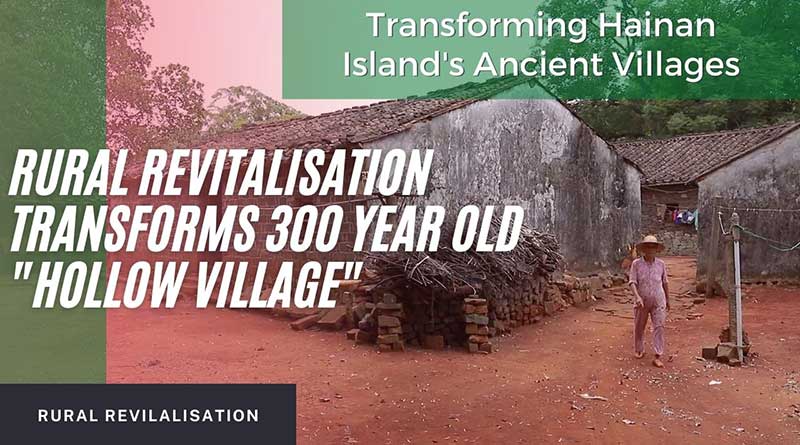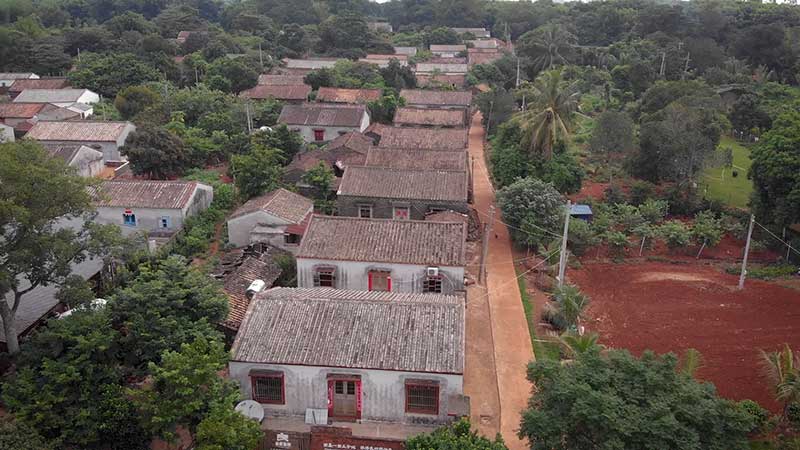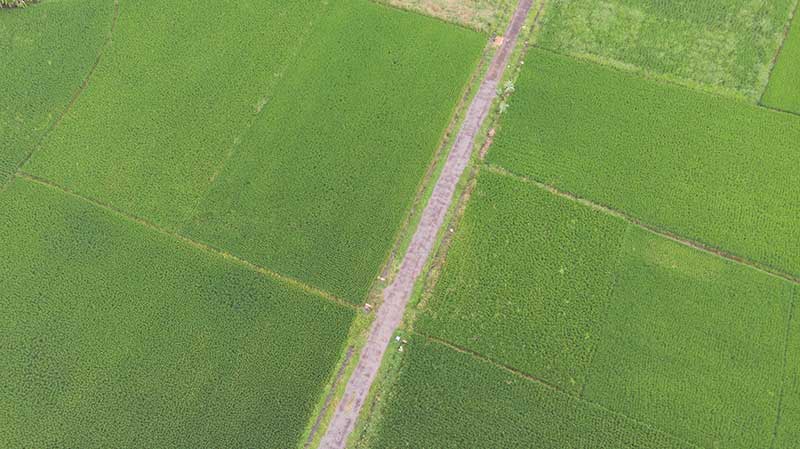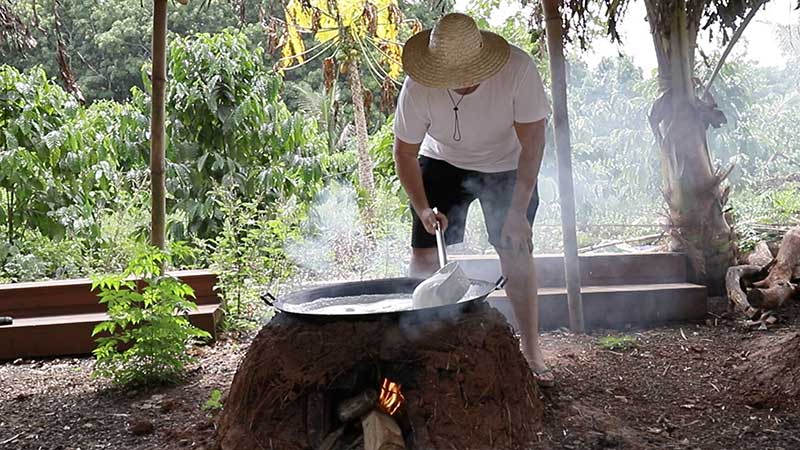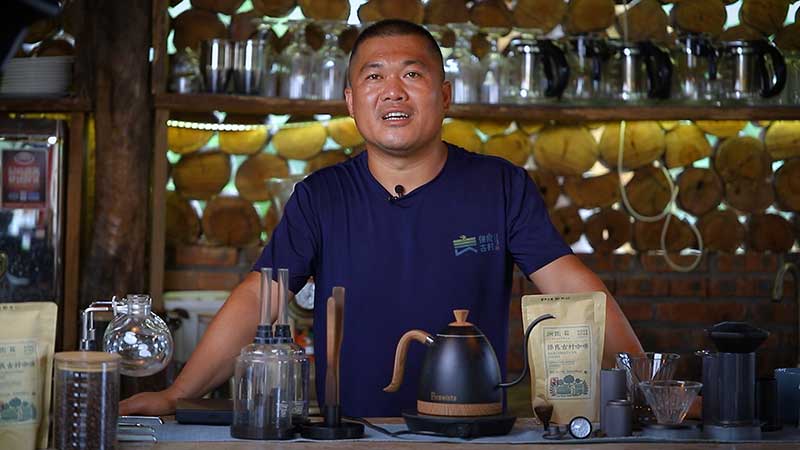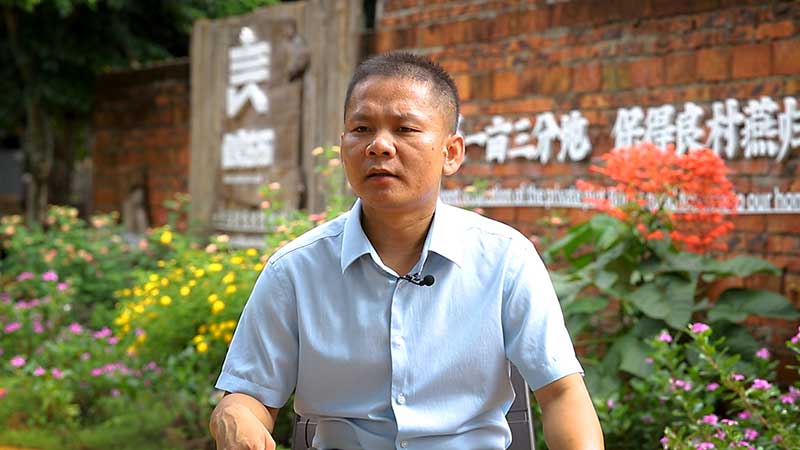Rural revitalisation is a way to positively transform rural areas, not just for current, but also future generations.
Creating stronger links between rural and urban economies, not just the larger cities but also with smaller towns, improves employment opportunities in the countryside and boosts rural incomes.
The benefits are not just one way however, rural-urban market links can provide urban populations with healthy diets as well as a providing de-stressing short vacation destinations right on their doorstep, which in today’s fast paced, information overloaded society is seen as a great way to leave it all behind, if only for a little while.
During the 19th National Congress of the Communist Party of China in 2017, a rural vitalization strategy was proposed as a key component for the development of a modernized economy.
In 2018, China released a raft of policies for rural revitalization, which by 2020, aimed to have established an institutional framework and policy system. The goal is that by 2035, significant progress will have been made with regards to the modernisation of the agriculture industry as well as rural areas.
A key objective is that everyone, whether living in cities or rural areas, will have equal access to basic public services and urban and rural integration will have been developed.
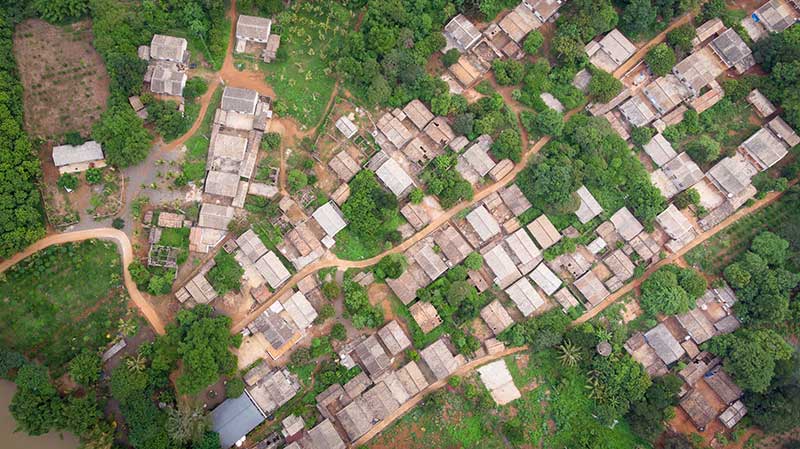
Baoliang is an ancient village with a history dating back more than 300 years. The land surrounding the village is comprised of fertile selenium-rich red soil, which has supported generations of farmers.
Over the last few decades however the lure of city life with its higher wages and higher standard of living has caused an exodus of young people from the village until all that remains are the old and infirm.
An ambitious revitalisation project based on rural customs and culture and traditional countryside agri tourism hopes to change all that.
The fertile selenium soil is perfect for growing tropical fruits such as oranges, papaya, seedless lemons and golden passion fruit and the orchards are becoming increasingly busy each weekend with tourists eager to stock up on fresh organic produce.
Other activities include planting and harvesting rice, tofu making, cutting sugar cane, roasting and brewing coffee beans, camping, fishing and picnics as well as strolling amongst the characteristic ancient village houses.
In 2018, Fu Cehua, a young entrepreneur, along with a number of recently graduated college students, returned to Baoliang with a plan to develop local industries and rebuild their home village.
A key premise of their revitalization efforts is to retain the original customs, culture and characteristics of the village and to restore it to its original state, they also insist that all restoration work is sustainable and eco-friendly with zero environmental impact.
After 3 years of hard work their efforts are paying off.
According to Chen Rongbao, the Executive Deputy Chief of Fushan Town, the village attracts from 2000 – 3000 tourists each month, contributing significantly to the local village economy.
Revitalization efforts are still in their early stages though and over the next 5 – 10 years they hope to add more tourist experiences and explore different tourism models.
Rural revitalisation doesn’t come easy however, it also requires investments in non-farming sectors such as information and communication technologies, education, governance, rural health as well as a healthy environment.
In Baoliang, these building blocks are being explored to create a vibrant rural area that can attract and retain employed, educated, and healthy rural residents.
Related article: Hot tips for keeping your doggies cool this summer



